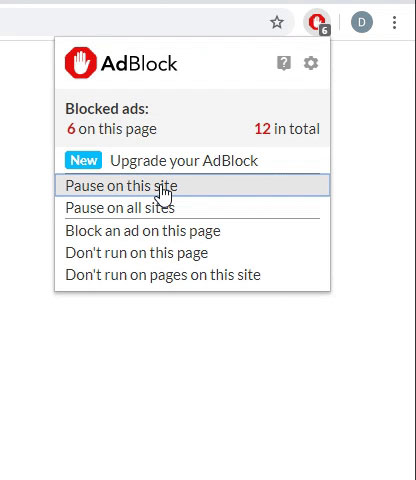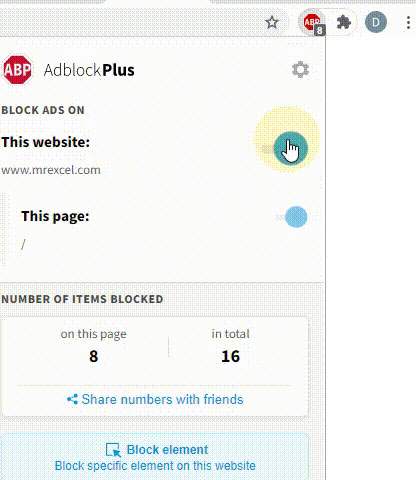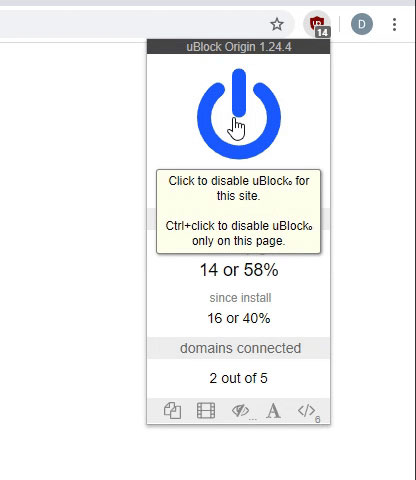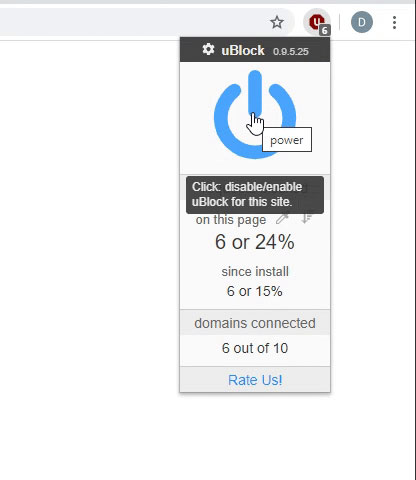Thought you might.

===========================================================
INSTALLING, REGISTERING, and LICENCING AN .OCX CONTROL FOR VISUAL BASIC AND/OR VBA
EXAMPLE : "Microsoft Communications Control, version 6" MSCOMM32.OCX
Similar sometimes required for .DLL etc. used as code libraries
'============================================================
I have 2 machines running side by side and got the same result on one of them. This in itself is wierd because they are pretty much the same in content. I really do not know how the working version got there.
We need to install the required .OCX control. This requires quite a lengthy process. Because I have not found any single source that shows all the stages I have put a title in an attempt to help others find this message. This is quite a common requirement if you write any code. You may not need to do everything here in every case to get one to work. Some downloadable controls - and those included in other applications - include a process to all this automatically.
You will see below that I am helped by having Visual Basic 6 installed on my computer. Although this does nothing itself, the Microsoft Licencing procedure is made extremely easy.
**If you do not have VB6 and finally get it working it may help others if you add a message to show how you achieve it.**
NB. Expect to get error messages until the control or whatever is fully working at the end.
1. SEARCH FOR, AND DOWNLOAD THE REQUIRED FILE IF NECESSARY
in this case MSCOMM32.OCX (I had this on my other machine already. It might already be on your machine)
2. PUT THE FILE INTO THE FOLDER CONTAINING OTHER .OCX FILES
In Windows XP this seems to be C:\WINDOWS\SYSTEM32. This enables the file to be found automatically by the VB Editor (and others).
3. CHECK VB EDITOR DIALOG "Available References"
via "Tools/References". If you do this, and click on the references there, you will see what common folder to use at the bottom of the dialog ... "Location".
A big problem here is that the names given do not necessarily match with the file name - so we have to check quite a long list. At least MS names usually have "Microsoft" at the beginning.
While there ... note that it is possible to add references by using the Browse button. Might as well check the box against the file name if it is there. This registers controls with the VB Editor for the current project, and enables automation to get Help with the Properties & Methods as for other controls. If you distribute your VBA project your users may need to do all this too.
4. IF A CONTROL - CHECK CONTROLS TOOLBOX VIA VB EDITOR USERFORM
Often we are dealing with ActiveX controls with this method. They require manual addition to the Toolbox. Add a blank Userform to be able to get the controls Toolbox. Right click the toolbox, then 'Additional Controls'.
In this case you are looking for "Microsoft Communications Control, version 6". If found, check its box. Click OK. A new tool appears in the Toolbox. Can now try to put the control on to the Userform. Click & Drag. Error messages here means that it is not correctly installed .. keep going ..
Note : At this stage it is interesting to note that we do not really need to do this bit unless we want to use the control in a form. This is a good example. IF WE KNOW WHAT CODE TO USE WE DO NOT NEED THE USERFORM TOOL. If added to a form, this particular tool does not actually do anything. In fact we would probably want to hide it. However, it does give direct access to the Properties, which can then be set up without using code. This may be the only way to see all the properties. Documentation for such controls is really bad - even if you can find it.
5. REGISTER THE CONTROL
This makes a reference to the file in the registry.
Click Windows Start button, then Run. By whatever method you use (there is a Browse button) you need to get this - or similar into the "Open" box and click OK. :-
REGSERVR32 C:\WINDOWS\SYSTEM32\MSCOMM32.OCX
You should get a message to say the process was successful. If not, I do not know what to do other than try another version of the file. If you had errors above you can now go back to a previous stage and try again. Fiddling with all this can upset the system a bit, so I would reboot and try again.
6. LICENCE THE CONTROL USING VBUSC.EXE
http://support.microsoft.com/default.aspx?scid=kb;en-us;Q195353
It seems that everything nowadays requires a licence. If this is the case here, by now the error message above is more exact. Having Visual Basic 6 installed, all I had to do was download this free file from Microsoft and run it. Nothing seemed to happen, but after running it the control worked. I was able to insert it into a Userform and run the code without error. I know it checks for a VB installation. I do not know what would happen without it.
Hope all this helps.





